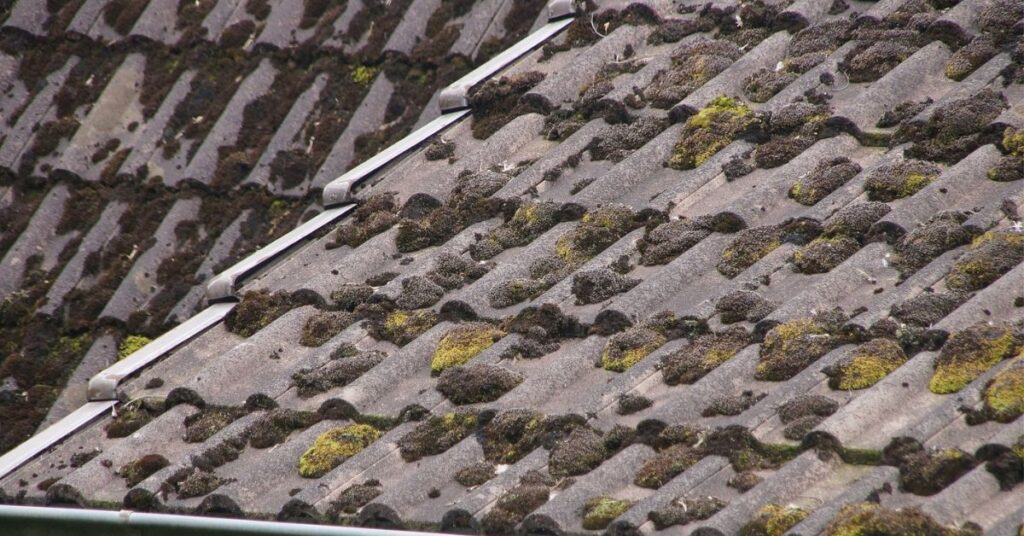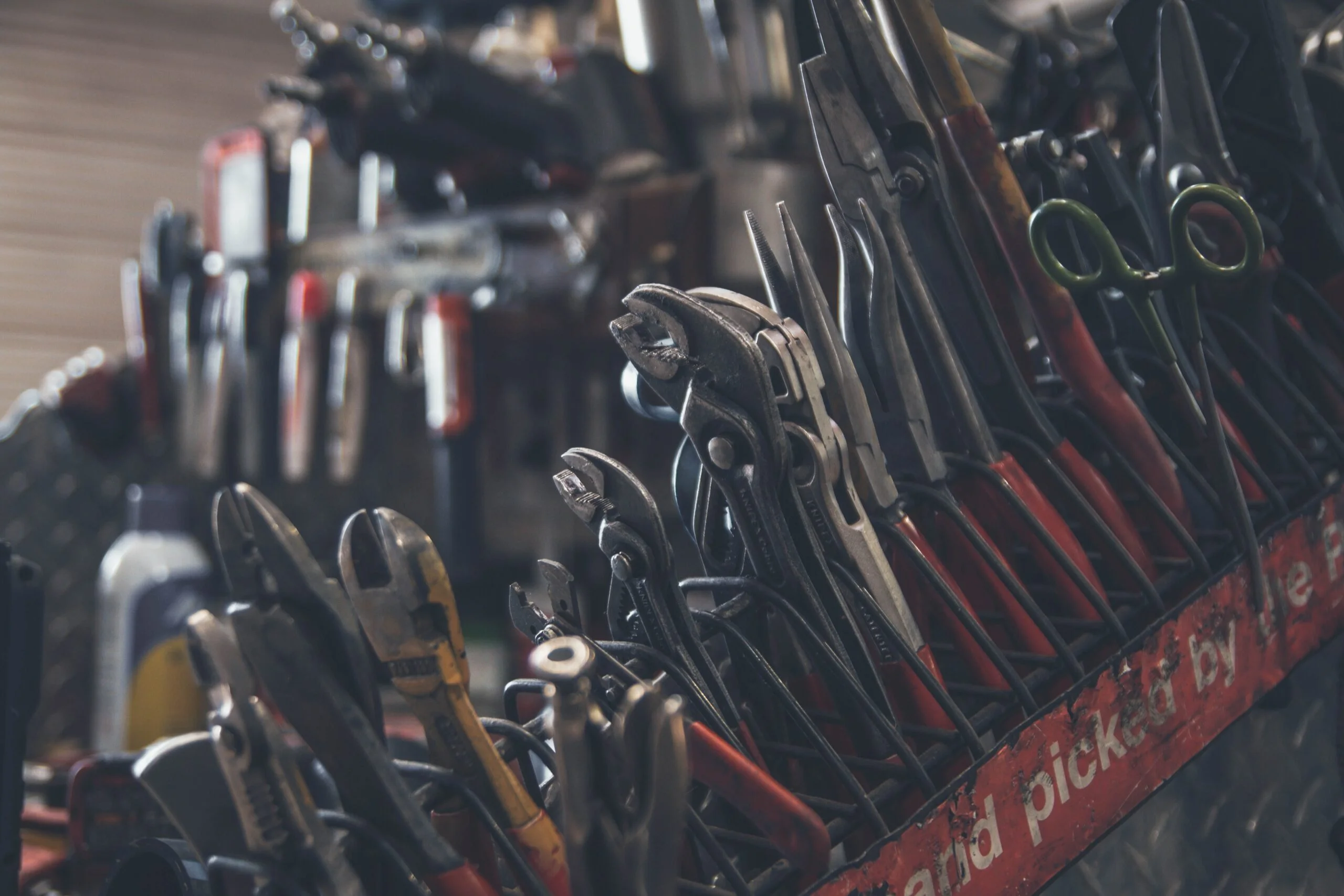Mold on roof shingles is a common problem that homeowners face, especially in areas with high humidity and frequent rainfall. Not only does mold make your roof look unsightly, but it can also cause long-term damage if left untreated. This comprehensive guide will walk you through effective methods of how to get rid of mold on roof shingles, ensuring your roof stays clean and in good condition. Let’s get started.
Why Mold Grows on Roof Shingles
Mold thrives in moist, shaded environments. Roof shingles, particularly those in areas that receive little sunlight, are prime candidates for mold growth. Factors contributing to mold include:
- Moisture: Rain, dew, and humidity provide the perfect breeding ground.
- Shade: Overhanging branches and nearby tall buildings can block sunlight.
- Organic Material: Leaves, twigs, and other debris can trap moisture on your roof.
Tools and Materials You’ll Need
Before you start, gather the following tools and materials:
- Safety goggles
- Rubber gloves
- Protective clothing
- Stiff-bristle brush
- Garden sprayer
- Ladder
- Oxygen bleach or commercial mold remover
- Water hose with a spray nozzle
How to Get Rid of Mold on Roof Shingles
The following are the steps that you should consider to get rid of mold on roof shingles.
Step 1: Safety First
Safety should always be your top priority. Wear safety goggles, rubber gloves, and protective clothing to protect yourself from mold spores and cleaning chemicals. Ensure your ladder is stable and secure before climbing.
Step 2: Clear the Debris
Remove any leaves, twigs, and debris from your roof. This will not only make the cleaning process easier but also prevent new mold from growing. Use a broom or a leaf blower for this task.
Step 3: Apply a Mold Remover
Mix a cleaning solution. You can use oxygen bleach or a commercial mold remover. Avoid using chlorine bleach as it can damage your shingles and harm surrounding vegetation.
- Oxygen Bleach Solution: Mix 1 cup of oxygen bleach with 1 gallon of water.
- Commercial Mold Remover: Follow the manufacturer’s instructions for mixing.
Fill your garden sprayer with the cleaning solution.
Step 4: Spray the Affected Area
Spray the mold-affected areas with your cleaning solution. Ensure the entire moldy area is thoroughly saturated. Let the solution sit for 15-20 minutes. This will allow it to penetrate the mold and break it down.
Step 5: Scrub the Mold
After the solution has soaked in, use a stiff-bristle brush to scrub the mold off the shingles. Scrub gently to avoid damaging the shingles. Work in small sections and be thorough.
Step 6: Rinse the Roof
Use a water hose with a spray nozzle to rinse the roof thoroughly. Start from the top and work your way down to prevent water from getting under the shingles. Ensure all the cleaning solution is washed away.
Step 7: Inspect and Repeat if Necessary
Inspect your roof once it has dried. If any mold remains, repeat the cleaning process. It might take a couple of attempts to completely remove stubborn mold.
Preventing Future Mold Growth
After removing the mold, take steps to prevent it from returning:
- Trim Overhanging Branches: This allows more sunlight to reach your roof and reduces moisture accumulation.
- Clean Your Gutters: Ensure your gutters are clean and free of debris to prevent water buildup.
- Install Zinc or Copper Strips: These metals are toxic to mold and algae. Installing strips along the roof ridge can help prevent mold growth.
- Regular Roof Maintenance: Inspect and clean your roof regularly to catch mold early before it becomes a problem.
When to Call a Professional
While DIY methods are effective, there are times when calling a professional is the best option. If your roof is extensively covered in mold, or if you’re uncomfortable working at heights, hire a professional roof cleaner. They have the experience and equipment to handle the job safely and effectively.
Read More: How To Keep HVAC From Freezing?
Conclusion
Mold on roof shingles is a nuisance, but with the right approach, it’s manageable. By following this guide, you can effectively remove mold and take steps to prevent its return, ensuring your roof remains in excellent condition. Regular maintenance and preventive measures are key to keeping your roof mold-free.


